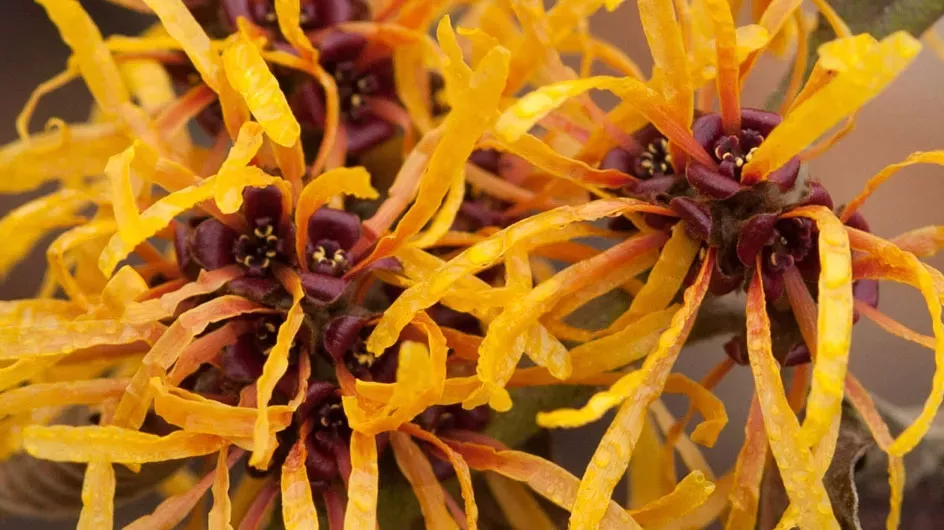KS2 Minibeast safari
Pupils use different techniques to hunt through the long grass, trees and leaf litter to find and observe a wonderful variety of creatures in habitats at Wakehurst.

Level
Duration
Allocated space
Recommended dates
Pupils explore how these creatures are connected and how they are adapted to life on land. Working scientifically they identify and name carnivores, herbivores and omnivores.
Learning outcomes
We design our sessions to match the learning outcomes in the national curriculum.
All our sessions have a cross-curricular approach and are tailored to suit the educational needs of your group.
We aim to give pupils opportunities to work scientifically in areas that are difficult or impossible to create in the school environment.
This session offers pupils the opportunity to:
- Collect minibeasts in a variety of terrestrial habitats.
- Identify some of the minibeasts using identification keys.
- Identify different stages of life cycles in some of the creatures found.
- Compare the creatures collected.
- Sort the creatures into groups.
- Construct a simple food chain or web.
Curriculum links
This KS2 visit supports and enhances the Science curriculum offered in schools.
Lower KS2
Year 3 - Animals, including humans
- Identify that animals, including humans, need the right types and amount of nutrition, and that they cannot make their own food; they get nutrition from what they eat.
- Identify that humans and some other animals have skeletons and muscles for support, protection and movement.
Year 4 - Living things and their habitats
- Recognise that living things can be grouped in a variety of ways.
- Explore and use classification keys to help group, identify and name a variety of living things in their local and wider environment.
- Recognise that environments can change and that this can sometimes pose dangers to living things.
Year 4 - Animals including humans
- Construct and interpret a variety of food chains, identifying producers, predators and prey.
Upper KS2
Year 5 – Living things and their habitats
- Describe the differences in the life cycles of an amphibian and an insect.
- Describe the life process of reproduction in some animals.
Year 6 – Living things and their habitat
- Describe how living things are classified into broad groups according to common observable characteristics and based on similarities and differences, including micro-organisms, plants and animals.
- Give reasons for classifying plants and animals based on specific characteristics.
